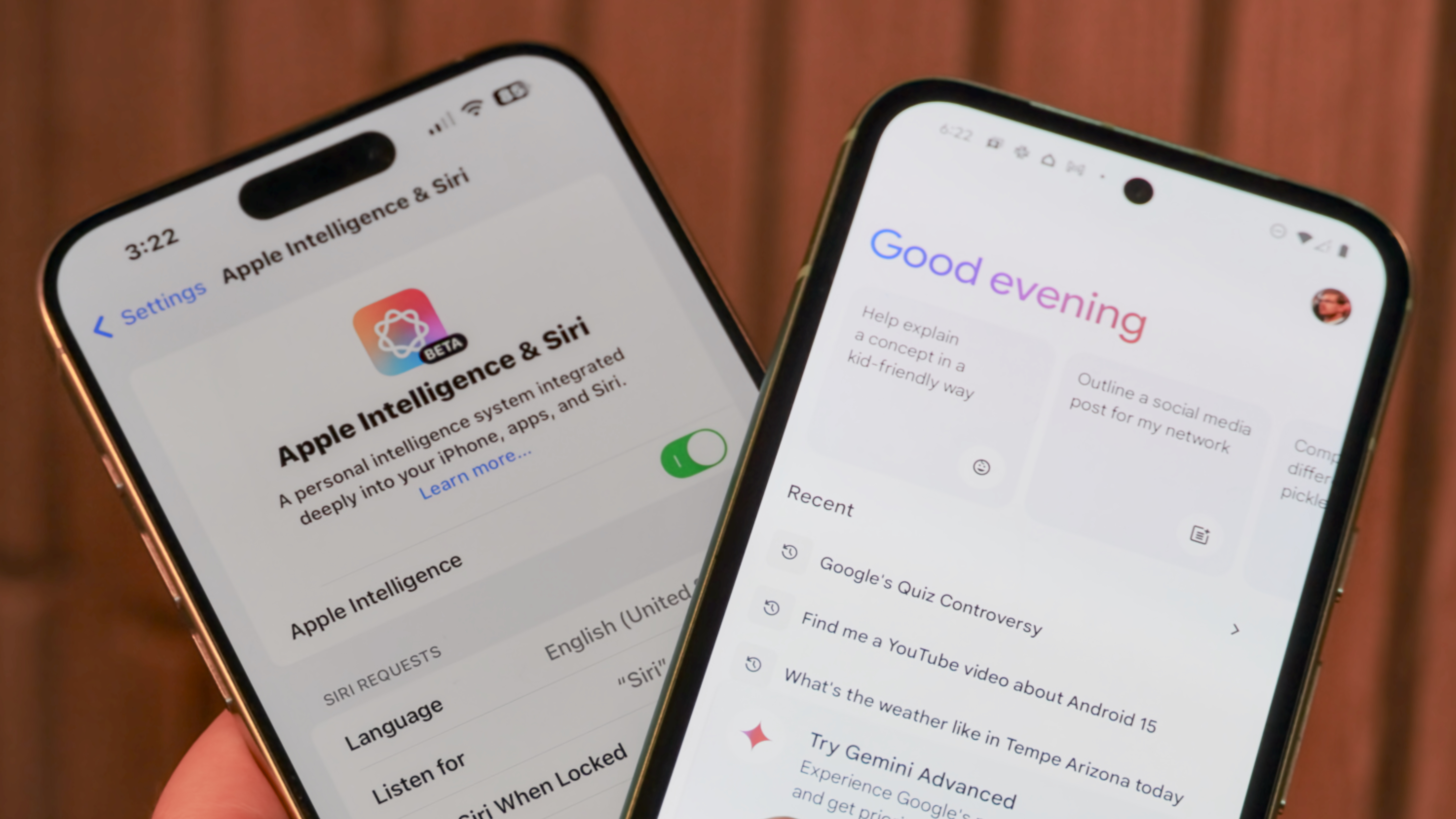Android Central Verdict
Bottom line: ASUS's first shot at a compact Android flagship is one of the best small, high-end phones you can buy. Between its fast performance, two capable cameras, and a pocket-friendly form factor, this is a fantastic overall package. But you may be waiting longer for Android OS updates, and there's no wireless charging.
Pros
- +
Snapdragon 888 + 120Hz for €599
- +
Slick performance in a compact form factor.
- +
Excellent main and ultra-wide cameras.
- +
Clean Android software experience with thoughtful extras.
- +
3.5mm headphone jack
Cons
- -
Dull design
- -
No wireless charging.
- -
No telephoto camera.
- -
ASUS's slow Android platform update track record.
Why you can trust Android Central
It's not always easy to find a small Android phone with great specs, performance, and build quality. Whereas in the realm of big-screened handsets, you can pretty much throw a rock and hit a great phone, the choices for fans of compact devices are pretty limited. In fact, most of the best Android phones these days are pretty gigantic.
And this is where ASUS is looking to capitalize with its new Zenfone 8. Launching alongside the Zenfone 8 Flip this summer, the Zenfone 8 isn't a successor to last year's Zenfone 7, but yet another reinvention of the Zenfone series. With aggressive European pricing, a 120Hz screen, the latest Snapdragon 888, and up to 16GB of RAM in a package basically the same size as a Pixel 5, the Zenfone 8 is a tempting proposition for anyone seeking the best of Android in a one-handable form factor.
ASUS Zenfone 8: Price and availability
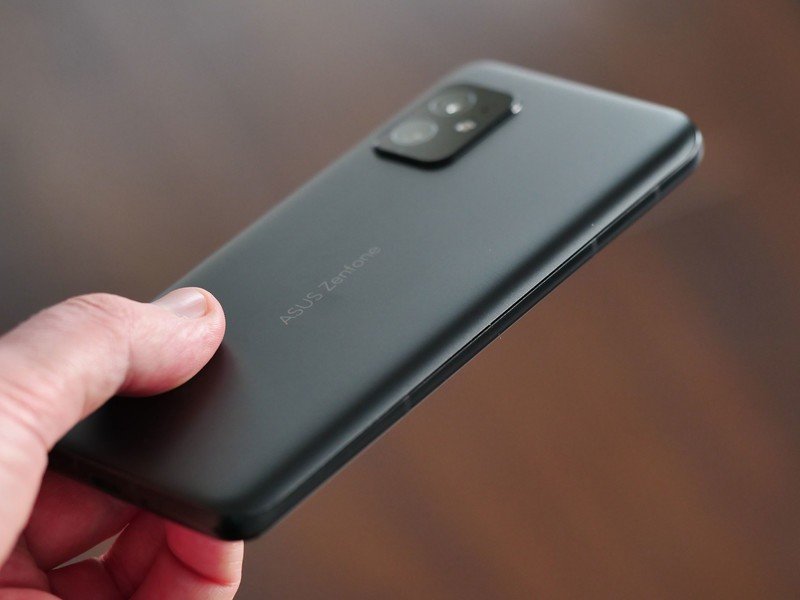
The ASUS Zenfone 8 will be available in Europe with 6GB of RAM and 128GB of internal storage starting at €599. The exact price breakdown for each model is:
- €599: 6GB RAM + 128GB storage
- €669: 8GB RAM + 128GB storage
- €729: 8GB RAM + 256GB storage
- €799: 16GB RAM + 256GB storage
The phone will be available initially with 8GB of RAM and 128GB of storage, with promotional deals planned for this model when the phone becomes available.
ASUS says that it esimates the Zenfone 8 will sell for "around" US$599 when it arrives in North America.
ASUS Zenfone 8: Hardware and design
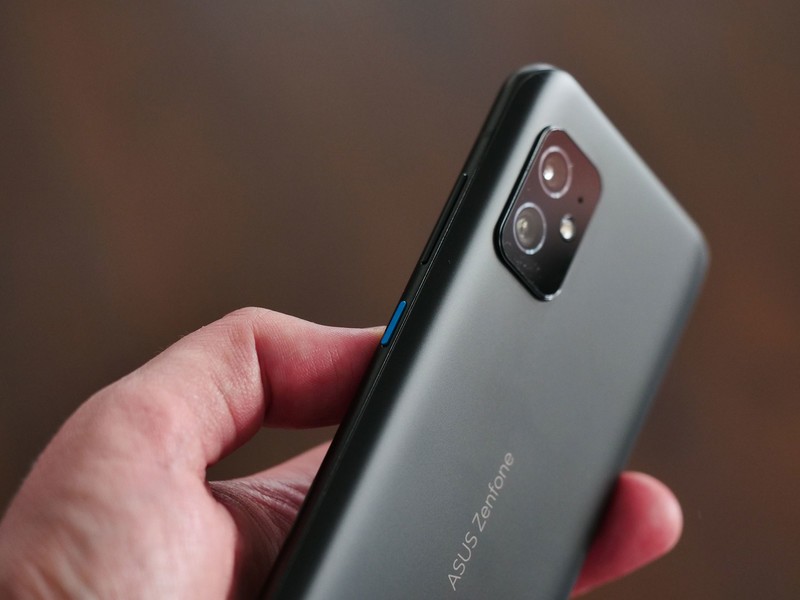
The ASUS Zenfone 8 is an unassuming little smartphone. It's around the same physical size as the pocket-friendly Google Pixel 5, with a curved matte glass rear and matching aluminum trim, and its 5.9-inch display-diagonal hits the sweet spot for easy one-handed use without feeling too cramped.
I've been using the Zenfone 8 in "obsidian black," which is a little dull-looking, with the only real visual flair being the blue-accented power key on the right edge. (There's also a slightly more eye-catching "horizon silver" variant available.) It's not exactly an unattractive phone. However, like Google's most recent Pixel, you're not going to be buying this thing because of how it looks.
Get the latest news from Android Central, your trusted companion in the world of Android
With this handset, it's the power inside that really matters. This is the smallest phone we're aware of to use Qualcomm's top-end Snapdragon 888 processor, along with up to 16GB of RAM and 256GB of storage. (That top-specced model is the one I've been using for three weeks prior to this review.) And in every Zenfone 8, you'll find an impressive 120Hz display with a 240Hz touch response rate and an ample 4,000mAh battery capacity.
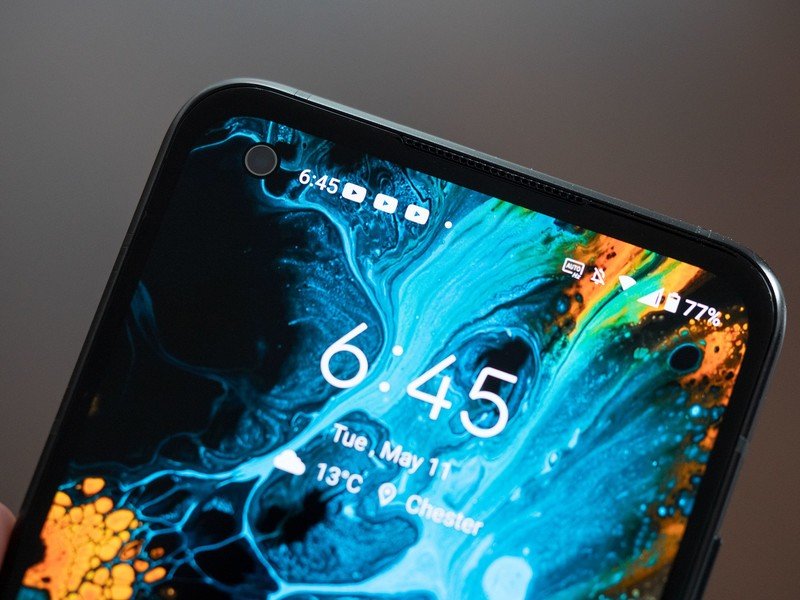
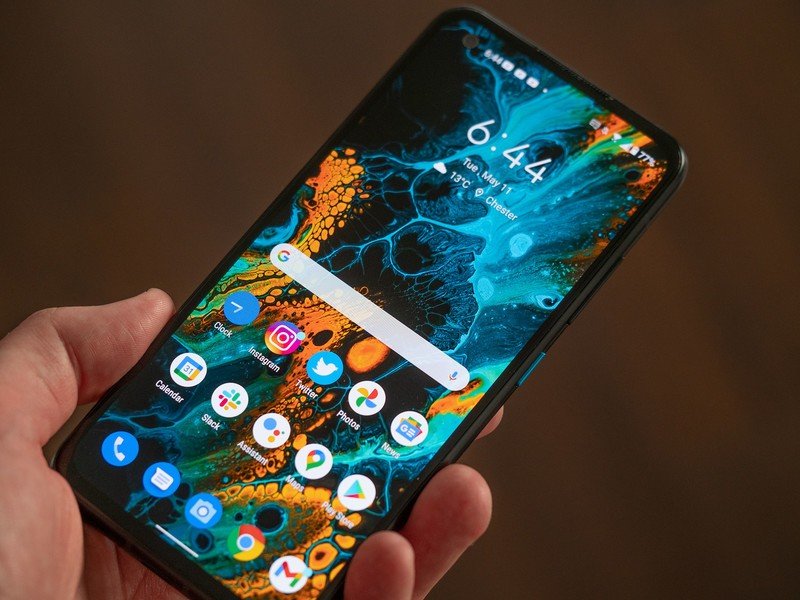

Boring on the outside, powerful on the inside.
That means the Zenfone 8 should pack more than enough power for anything you'd want to do on a smartphone in 2021 and for the foreseeable future.
What's more, this model resurrects the good old-fashioned 3.5mm headphone jack, now almost extinct in the world of high-end handsets. Many of us have already moved almost entirely towards Bluetooth audio, but if you still like to plug your phone into a big pair of studio headphones, this one of the few 2021 flagships that let you do that.
The Zenfone 8 is also the first ASUS phone to offer IP68 water and dust resistance, something that's not been possible in the past two generations of the series thanks to the technical ins and outs of their mechanized flip cameras. Around the front, the phone is protected by Corning's top-end Gorilla Glass Victus for improved durability.
ASUS Zenfone 8 specifications
| Category | Features |
|---|---|
| Processor | Qualcomm Snapdragon 888 |
| GPU | Qualcomm Adreno 660 |
| OS / UI | ASUS ZenUI 8, Android 11 |
| Display | 5.9" FHD+ (2400 x 1080) Samsung E4 AMOLED display, 90.02% screen-to-body ratio, 20:9 ratio, 445ppi, 120Hz refresh rate, 1ms response time, 240Hz touch sampling rate, 112% DCI-P3, 151.9% sRGB, Delta E average < 1, 1,000,000:1 contrast ratio, 800nit outdoor readable brightness, 1100 nits maximum brightness, Corning® Gorilla® Glass Victus, SGS Eye Care 6.5% & SGS Seamless Pro (120Hz) |
| Memory/Storage | 6/128, 8/128, 8/256, 16/256 - LPDDR5/UFS 3.1 |
| External Storage | No SD-card reader; NTFS support for external HDD |
| Sensors | In-display fingerprint sensor, Accelerator sensor, E-Compass sensor, Proximity sensor, Ambient light sensor, Gyro sensor (Support ARCore) |
| Main Camera | 64MP SONY IMX686 flagship sensor with OIS, 1/1.7" sensor, Quad Bayer Technology, 0.8μm/1.6μm effective pixel size, F1.8, 78.3° FOV (26.6 mm equivalent to 35 mm film camera) 2x1 OCL PDAF, Dual LED flash, 8K video recording with EIS |
| Secondary Camera | 12MP, SONY IMX363 flagship sensor, 1/2.55" sensor, 113 ̊ FOV, (14.3 mm equivalent to 35 mm film camera), 1.4μm pixel size, F2.2, Dual PDAF, Real-time distortion correction, Supports 4cm Macro shot, Records up to 4K/60fps or FHD/60fps |
| Flash LED | Single color LED Flash |
| Front Camera | 12MP, Sony IMX663 (Industry's first launch), 1/2.93"sensor, 76.5 ̊ FOV, 1.22μm effective pixel size, F2.45 (27.7 mm equivalent to 35 mm film camera), Dual PDAF Records up to 4K/30fps or FHD/60fps |
| Video | 8K UHD (7680x4320) video at 24 fps + EIS for main camera 4K UHD (3840 by 2160) video at 30 / 60 fps + EIS for secondary camera 1080p FHD video recording at 30 / 60 fps with HyperSteady 720p HD video recording at 30 fps 3-axis electronic image stabilization Motion Tracking video (4K UHD video at 60 fps) Time Lapse (4K UHD video) Slow Motion video (4K UHD at 120 fps / 1080p FHD at 240 fps / 720p at 480 fps) Take still photo while recording video (do not support in 8K video recording) |
| Wireless | Integrated WiFi 6 (802.11a/b/g/n/ac/ax (6E), 2x2 MIMO Tri-band 2.4 GHz/5 GHz/6 GHz WiFi Bluetooth® 5.2 (EDR + A2DP) & HFP + AVRCP + HID + PAN + OPP Additional Bluetooth audio codec: LDAC + Qualcomm® aptX, aptX HD, aptX Adaptive + AAC |
| SIM Cards | Dual SIM dual standby Dual Nano-SIM (DSDV 5G LTE+LTE) |
| Water Resistant | IP68 certified |
| Interface | Interface USB2.0 Type-C with OTG support, Supports QC4.0/PD 3.0 Charging 3.5mm Audio Jack: Headphone with Qualcomm® AqsticTM WCD9385 |
| NFC | Supported (Card mode support in power off) |
| Battery | 4000mAh (typ) |
| Charging | Charger 30W 3.3V-11V = MAX 3A PD3.0 PPS / Direct Charge / QC4.0 adapter |
| Colors | Obsidian Black and Horizon Silver |
| Dimensions | 148 x 68.5 x 8.9 mm |
| Weight | 169 grams |
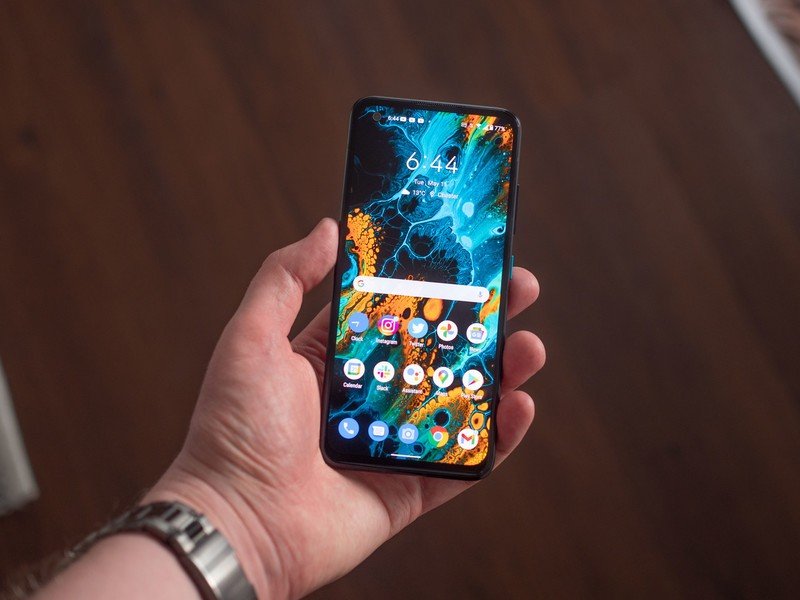
Among the other modern conveniences offered is a pretty great optical in-screen fingerprint scanner — another first in an ASUS phone — that I've found to be about as fast and reliable as rivals like the OnePlus 8. Face unlock is also supported via the hole-punch selfie camera, and I've found it to be reliable outside of very dark environments.
For a small phone, the Zenfone packs a considerable audiovisual punch.
The display itself is also the best you'll find in a compact Android phone. The 120Hz refresh rate beats the likes of the Pixel 5 in terms of smoothness, and the 1100 nits of peak brightness helps to retain readability even in very bright ambient light. My only slight disappointment, having used the Pixel 5 for most of the year so far, is that ASUS's phone sports noticeably chunkier bezels than Google's, especially in the "chin" area down below.
The refresh rate is set to "auto" by default; however, you can lock it to 120Hz in all apps for maximum smoothness or clock down to 90Hz or even 60Hz to save power. The option of an intermediate refresh rate of 90Hz is nice to see, as most 120Hz phones only offer the option of downscaling all the way to 60.
The Zenfone's audio capabilities are nothing to sniff at either, combining the earpiece with a bottom-facing loudspeaker for impressive volume, clarity, and bass. In casual testing, the Zenfone's speaker came close to matching the maximum volume of the much larger Galaxy S21 Ultra and sounded a little clearer with the volume maxed out. That's all the more impressive considering its compact size.
ASUS Zenfone 8: Software and performance
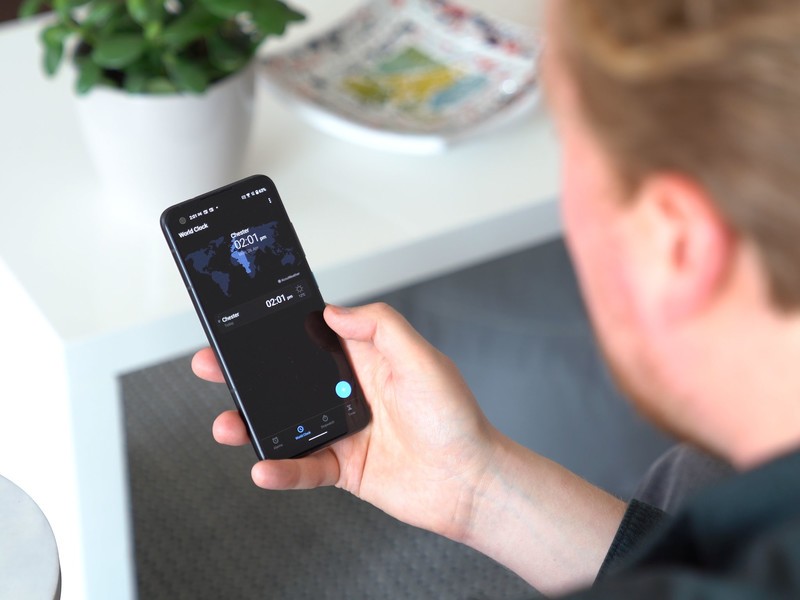
For the past couple of years, ASUS has established its ZenUI as a clean, fast version of Android with helpful software additions peppered throughout the UI. Version 8 of ASUS's software doesn't change up too much compared to previous iterations and having used ZenUI 8 on the Zenfone 7 Pro a few months back, the Zenfone 8 was a very familiar experience.
After Google's Pixel UI and Android One, ASUS's ZenUI is probably the closest you can get to a "pure" Android experience in a big-name smartphone. There's basically nothing in the way of preloaded bloatware or obnoxious feature nags — or, as we've seen from Samsung lately, ads from the manufacturer in your notification shade. As I've said in previous reviews, ASUS's software just gets out of the way, and as a result, it's a delight to use.
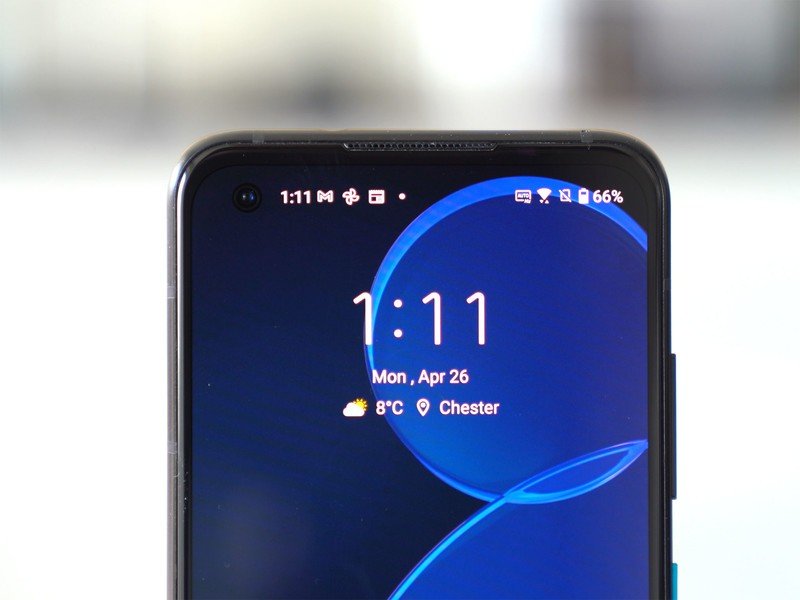

The closest you can get to pure Android in software that doesn't come straight from Google.
There's plenty of Google influence in this software. The Google Discover Feed is enabled by default on the home screen, as are the Google smart home controls in the power menu. Android Messages is your default texting app, and ZenUI also supports enabling the Google Dialer as your default phone app — useful for avoiding spam and robocalls.
While the UI and preloaded apps may be minimal, that doesn't mean the Zenfone 8 is lacking in features. The built-in Game Genie mode, borrowed from ASUS's ROG Phone series, lets you record games, suppress notifications, and lock the brightness and refresh rate during play sessions -- among many, many other features. There's a nifty one-handed mode, borrowed from Android 12, which functions exactly as it does in the upcoming OS release.
The latest ZenUI is also more customizable, with tweakable accent colors, icon styles, and fonts. And the always-on display can be tweaked with new clock styles and scheduled to display only during certain hours.
The impressive 120Hz display can be tweaked too, with a number of color profiles available and easy tuning of the white balance — a plus for me since ASUS's colors are a little on the cool side by default.
There is one big caveat here, though, and that's ASUS's software update track record. While the company is promising "at least" two Android platform updates, taking the Zenfone up to, at a minimum, Android 13, the problem is the speed at which those updates arrive. ASUS was slow in bringing Android 11 to its 2020 lineup, which doesn't give us a great deal of confidence in the timeliness of those promised Android 12 and Android 13 updates.
ASUS Zenfone 8: Battery
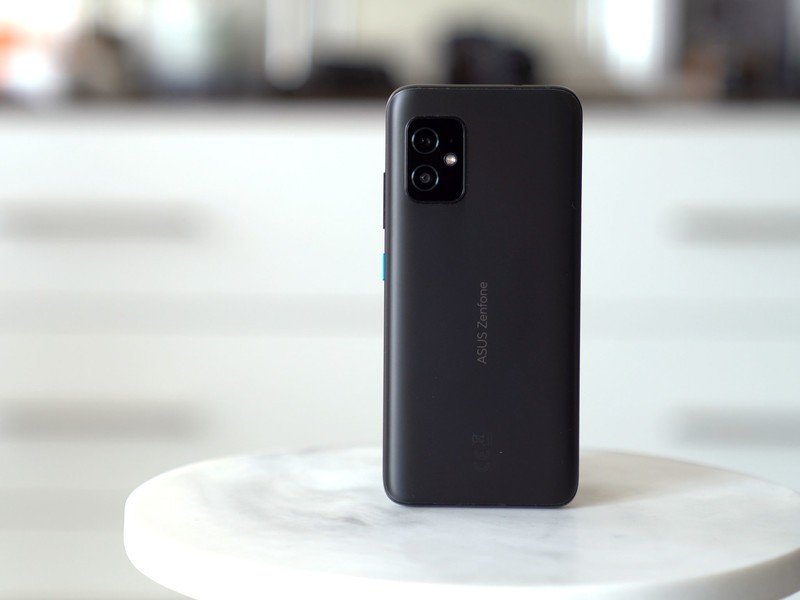
The Zenfone 8 packs a 4,000mAh internal battery, which is an appropriate size for a compact smartphone. Although this device packs a 120Hz screen and the most powerful Snapdragon processor available, the cell still does a great job of powering the Zenfone 8 through a full day's use and beyond.
Solid longevity and quick charging, with one major omission.
In fact, it's the only phone I've used in the past year that's come close to the excellent longevity I've seen from the Google Pixel 5, with 7 hours of screen on time being a real possibility across a full day of intensive use on Wifi and cellular data. With lighter use largely limited to Wifi, a second day on a single charge was easy to achieve.
ASUS's focus on battery health continues in its latest generation of Zenfones, with a revamped battery UI offering easier access to key stats and familiar intelligent charging options. As debuted last year in the Zenfone 7, ASUS's latest phone can trickle charge overnight, so it hits the 100 percent mark just as you're waking up.
Like last year's Zenfones, the latest model also supports 30W wired charging via USB-PD, with a 30W brick and USB C-to-C cable included in the box. That's a ways off the fastest charging speeds we've seen in an Android phone, but still comfortably within the realms of "fast charging."
The major miss in terms of charging is the lack of Qi wireless capability. This was a conscious omission by ASUS in order to keep the device relatively slim while still including a 4,000mAh battery. But the lack of Qi is a significant omission, even at the Zenfone's aggressive €600 starting price.
ASUS Zenfone 8: Cameras

While the Zenfone 8 doesn't feature a flip camera, that doesn't mean photography is an afterthought.
The new phone's rear shooter cherry-picks the best bits of the Zenfone 7 Pro's camera array, including the impressive optically-stabilized 64MP Sony IMX686 main camera and IMX363 ultrawide. The former is a proven high-end camera sensor, and the latter is the main shooter of the Google Pixel 5. Meanwhile, around the front, there's a brand new Sony IMX663 with autofocus.
While the new Zenfone's front-facing camera can't match the quality of the flip camera in last year's model, I've been generally pleased with the results, particularly in challenging backlit conditions. One major oversight, though, is the lack of support for night mode in the front-facing camera — something the Zenfone 7 Pro supported because its selfie mode used the high-quality main cameras.
Interestingly, ASUS seems to have disabled beauty mode by default for its selfie camera — a point of contention for last year's Zenfone, which still included some smoothing in photos even with the feature switched off.
The lack of telephoto is disappointing, but the Zenfone 8 still packs a competent camera loadout.




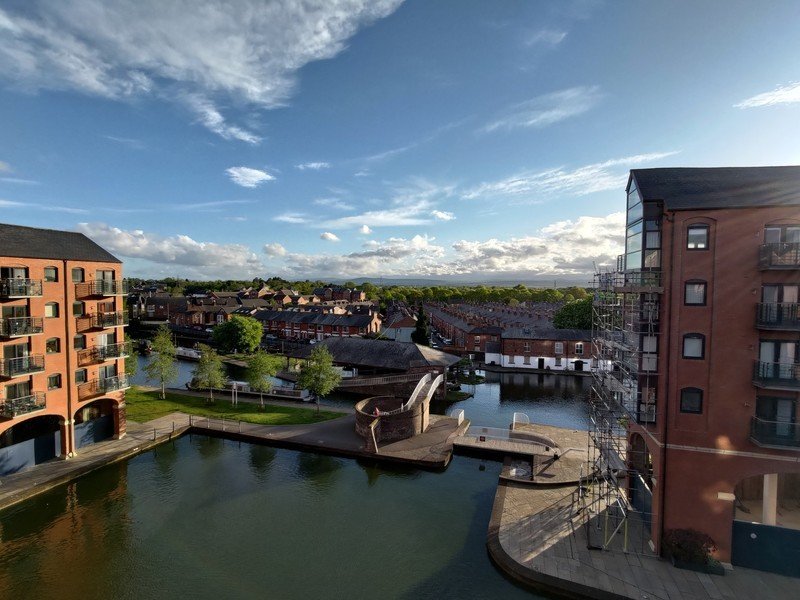




In day-to-day photography, the Zenfone 8's camera is pretty much a repeat performance of the Zenfone 7 Pro. It's using the same sensors, after all, only with an upgraded processor.
As such, it's no surprise to see phenomenal photo quality from both rear cameras, with excellent dynamic range and plenty of fine detail. The main sensor shoots 16MP images by default from its 64MP sensor, a higher resolution than you'll see from most flagship cameras, which max out at 12. ASUS's colors aren't as excessively saturated as many competitors, instead settling on a more natural look that's pretty close to the aesthetic of Google's Pixel cameras. No fine detail is scrubbed away, and there's just a little bit of grain left in images, though images weren't noticeably noisy outside of extreme low-light conditions.
Both rear cameras work great with ASUS's excellent night mode, which does a phenomenal job pulling out color detail that's often not visible to the naked eye.
The biggest disappointment in the imaging department is the lack of a telephoto camera. It's somewhat excusable given the Zenfone 8's starting price, though, and the high resolution of the main sensor does allow for crops to around 2-3X without losing detail.
ASUS Zenfone 8: Competition

There aren't all that many compact Android phones on the market anymore. However, the two that immediately come to mind as Zenfone 8 competitors are the Google Pixel 5 and Samsung Galaxy S21.
ASUS's main competitors have strikingly different priorities.
The flagship Pixel is priced similarly to the Zenfone 8 in Europe at €629. But it can't come close to matching the raw performance of ASUS's device, given its weaker Snapdragon 765G chipset and dimmer 90Hz display. However, it does boast a higher screen-to-body ratio, wireless charging capabilities, and broader support for Wi-Fi calling and VoLTE on European networks. You'll also get faster software updates with Google — the Pixel 5 will be first in line for Android 12 and guaranteed day-one updates through to Android 14 in 2023.
The base model Galaxy S21 is also a strong contender, though considerably more expensive than the Zenfone 8 in Europe. It's also larger, with a 6.2-inch display-diagonal, and features a plastic back panel in contrast to the Zenfone's frosted glass. The extra cash does get you wireless charging and a 3X telephoto camera on the rear, though, as well as Samsung's promise of three years of Android OS updates plus four years of security patches. It's also easier to buy Samsung's smaller flagship, as just about every carrier on Earth will sell you the S21 on contract. At the time of writing, ASUS has yet to announce any carrier partners for the Zenfone 8.
With both rival phones, though, you're out of luck if you want a 3.5mm headphone jack.
ASUS Zenfone 8: Should you buy it?
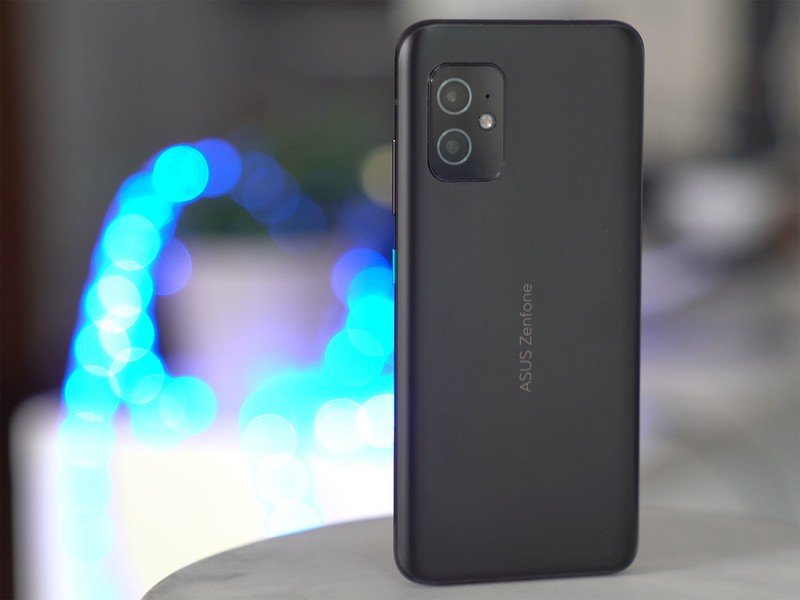
You should buy this if ...
- You want a small, powerful Android phone
- You care about fast, clean Android software
- You want a great display and sound in a smaller phone
You shouldn't buy this if...
- You want a big, expansive display
- You want fast updates to the latest versions of Android
- You need wireless charging
4.5 out of 5
Contrary to what the name might suggest, the Zenfone 8 isn't a direct successor to the Zenfone 7. (If that's what you're looking for, have a gander at the Zenfone 8 Flip.) Instead, it's a new class of device from ASUS and one of the highlights of the (admittedly sparse) compact Android flagship space. ASUS hasn't skimped on specs or features to fit the Zenfone 8 into its diminutive form factor, and it feels and performs like a fully-fledged high-end Android phone.
This could be the best compact Android phone of 2021.
The only real disappointments are the lack of Qi wireless charging — increasingly a table-stakes feature in high-end devices — and the limited breadth of VoLTE and Wi-Fi calling support given ASUS's lesser clout with European carriers. The speed of OS updates is also a concern. While the manufacturer was quick to launch its Android 11 beta for the Zenfone 7 series last year, the final version only broke cover in March of this year.
Nevertheless, this is a fantastic little phone, and worth a look if you want titanic performance in a more portable package.

Alex was with Android Central for over a decade, producing written and video content for the site, and served as global Executive Editor from 2016 to 2022.

